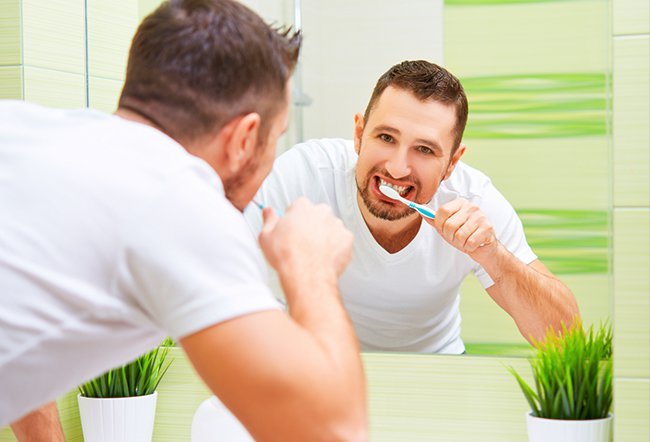Can You Restore Tooth Enamel?

Enamel is the thin outer layer of your tooth. And even though it’s the hardest substance in your body, it can break down easily if you don’t take care of it. Because the tooth enamel contains no living cells, it cannot be restored when damaged from decay or erosion.
However, you can help prevent further enamel loss and strengthen existing enamel with the help of your dentist. Depending on the cause of the erosion, they may recommend:
- Regular check-ups
- Using fluoride toothpaste and mouthwash with adequate mineral content to help strengthen weakened enamel
- Using floss or an interdental cleaner
- Eating nutritious meals, limiting sugary snacks, and drinking plenty of water
- Bonding (filling) to protect the tooth and improve its cosmetic appearance
- In severe cases, fitting a crown or veneer to prevent further damage to the tooth
What causes tooth enamel loss?
The health of our teeth is largely affected by what we eat and drink. Whenever we consume anything acidic, our tooth enamel softens for a little while and loses some of its mineral content. To a large extent, our saliva helps counter the effect of acid on our teeth, but it’s not enough to provide protection against regular consumption. Foods and drinks that can weaken enamel include:
- Carbonated sodas
- Sugary and starchy foods
- Citrus fruits or dried fruits
- Pickled foods
- Wine
Certain medical conditions can also cause the loss of tooth enamel:
- Eating disorders such as anorexia and bulimia
- Gastroesophageal reflux disease (GERD)
- Hiatus hernia
- Xerostomia (dry mouth because of low saliva production)
Other conditions that may contribute to enamel loss:
- Teeth grinding
- Diabetes
- Age
- Worn fillings or dental implants
- Poor oral hygiene
- Frequent snacking
- Certain medications such as antihistamines and aspirin
How can you prevent the loss of tooth enamel?
- Limit your intake of acidic foods and drinks.
- When drinking anything acidic, use a straw to minimize contact with your teeth and avoid swishing the drink around in your mouth.
- Drink plenty of water.
- Eat fruits and vegetables rather than sugary or processed foods.
- Brush your teeth with fluoride toothpaste after every meal. Use a brush with soft to medium bristles and a small head.
- For children up to age 3, use toothpaste with a fluoride level of at least 1,000 ppm (parts per million).
- For adults and children over age 3, use toothpaste with a fluoride level of 1,350 to 1,500 ppm.
- Use dental floss or an interdental cleaner.
- Chew sugar-free gum after a meal to activate your saliva glands.
- Go for regular dental check-ups.

